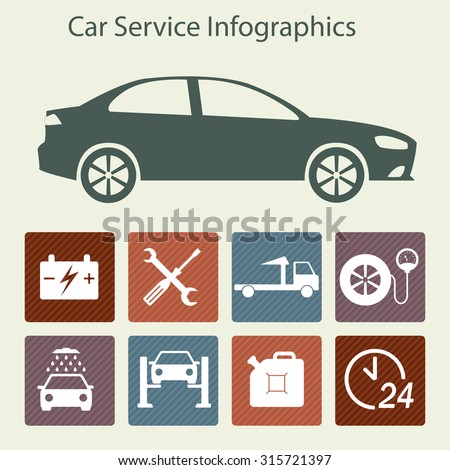Deciphering Your Vehicle'S Caution Indicators: What They Really Signify
Deciphering Your Vehicle'S Caution Indicators: What They Really Signify
Blog Article
https://damienpgvmc.dsiblogger.com/63129273/often-held-misunderstandings-about-auto-repair-service-explained Create By-Vinson Shepherd
When you're behind the wheel, those glowing caution lights on your control panel can be a bit complicated. Do you know what they're trying to tell you concerning your automobile's wellness? Comprehending the significance of these lights is vital for your safety and the durability of your lorry. So, the following time one of those lights pops up, wouldn't you wish to analyze its message properly and take the needed steps to resolve it?
Common Warning Lights and Interpretations
Determine common caution lights in your auto and comprehend their meanings to make certain risk-free driving.
The most regular caution lights consist of the check engine light, which signals concerns with the engine or emissions system. If this light comes on, it's important to have your car examined promptly.
The oil pressure alerting light suggests low oil pressure, requiring instant focus to avoid engine damage.
A flashing battery light might recommend a defective billing system, potentially leaving you stranded otherwise attended to.
The tire stress monitoring system (TPMS) light informs you to reduced tire stress, impacting lorry stability and gas performance. Ignoring this might bring about unsafe driving conditions.
The abdominal light indicates an issue with the anti-lock braking system, jeopardizing your ability to stop swiftly in emergency situations.
Last but not least, the coolant temperature alerting light warns of engine getting too hot, which can lead to severe damage if not fixed quickly.
Comprehending these usual caution lights will certainly help you resolve problems without delay and maintain safe driving conditions.
Significance of Prompt Focus
Understanding the common caution lights in your car is just the initial step; the value of quickly dealing with these warnings can't be emphasized enough to guarantee your safety and security on the road.
When a caution light illuminates on your dashboard, it's your cars and truck's way of communicating a prospective problem that needs focus. Disregarding these warnings can bring about a lot more severe troubles in the future, jeopardizing your safety and possibly costing you more out of commission.
Trigger interest to warning lights can stop breakdowns and crashes. For example, a flashing check engine light can indicate a misfire that, if left unattended, might create damages to the catalytic converter. Addressing this promptly can conserve you from a pricey fixing.
In a similar way, a brake system advising light may indicate low brake fluid or worn brake pads, essential parts for your safety when driving.
DIY Troubleshooting Tips
If you discover a caution light on your dashboard, there are a couple of DIY fixing pointers you can attempt before looking for expert aid.
cargroomingnearme is to consult your cars and truck's manual to recognize what the details caution light indicates. Often the issue can be as straightforward as a loose gas cap causing the check engine light. Tightening up https://www.michigan.gov/mdhhs/assistance-programs/other-help might deal with the issue.
An additional common issue is a reduced battery, which can trigger different alerting lights. Examining the battery connections for corrosion and ensuring they're secure might deal with the trouble.
If a warning light continues, you can attempt resetting it by detaching the cars and truck's battery for a couple of mins and then reconnecting it. Furthermore, examining your car's fluid levels, such as oil, coolant, and brake fluid, can help troubleshoot cautioning lights connected to these systems.
Conclusion
Finally, understanding your car's caution lights is necessary for keeping your automobile running efficiently and safely. By quickly attending to these notifies and understanding what they indicate, you can avoid costly repair work and prospective break downs.
Bear in mind to consult your auto's manual for specific information on each warning light and take action as necessary to make certain a hassle-free driving experience.
Remain notified, remain risk-free when traveling!
